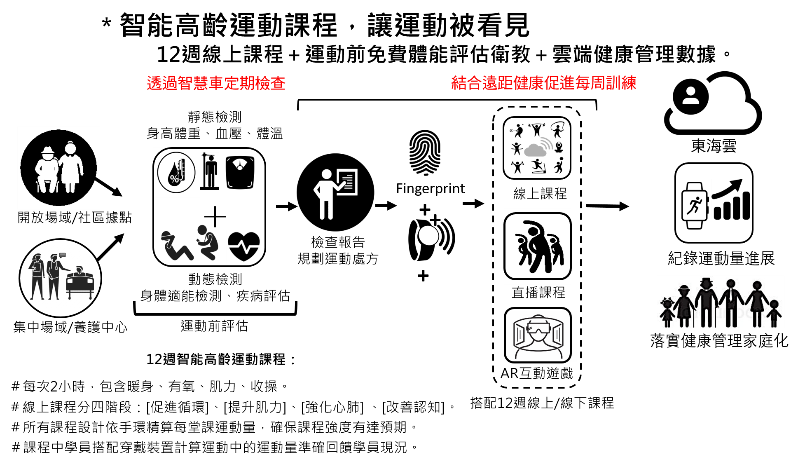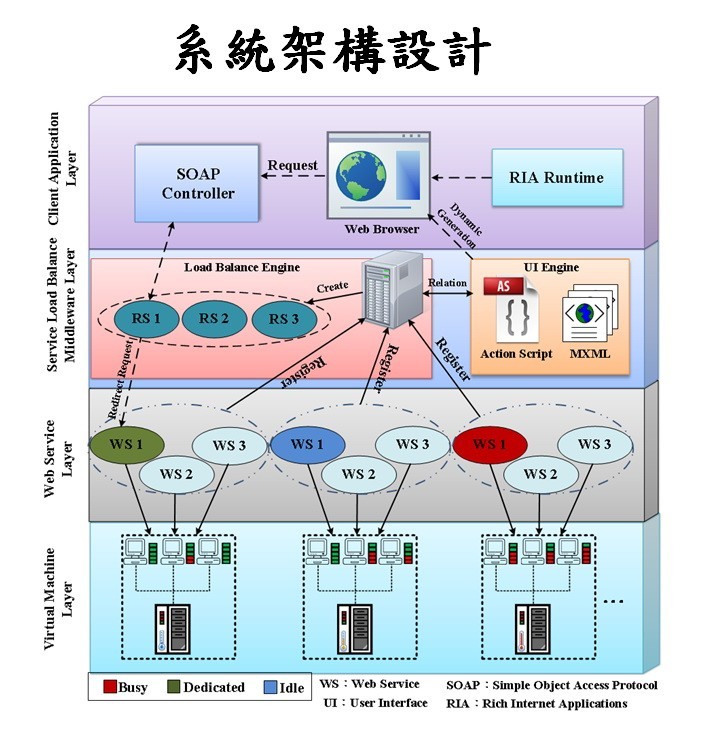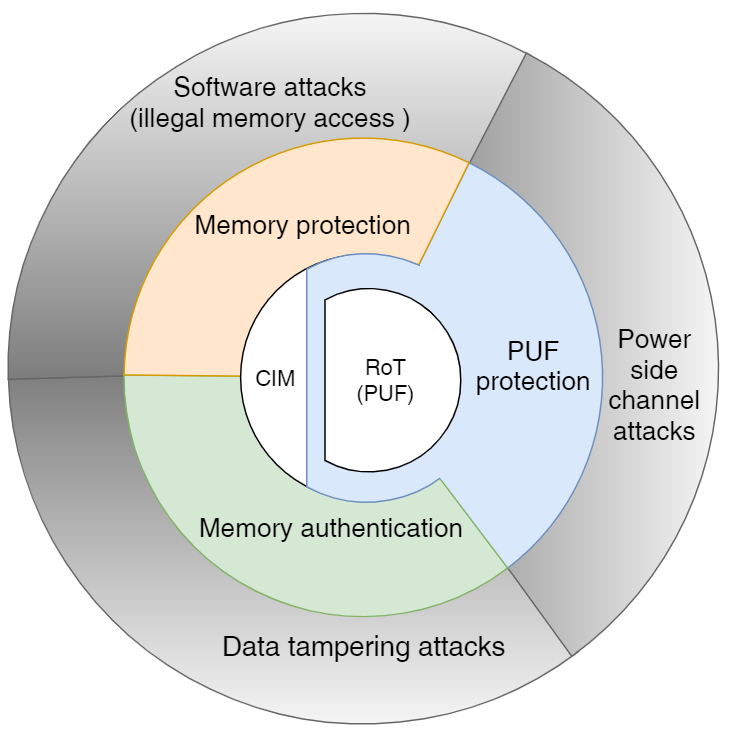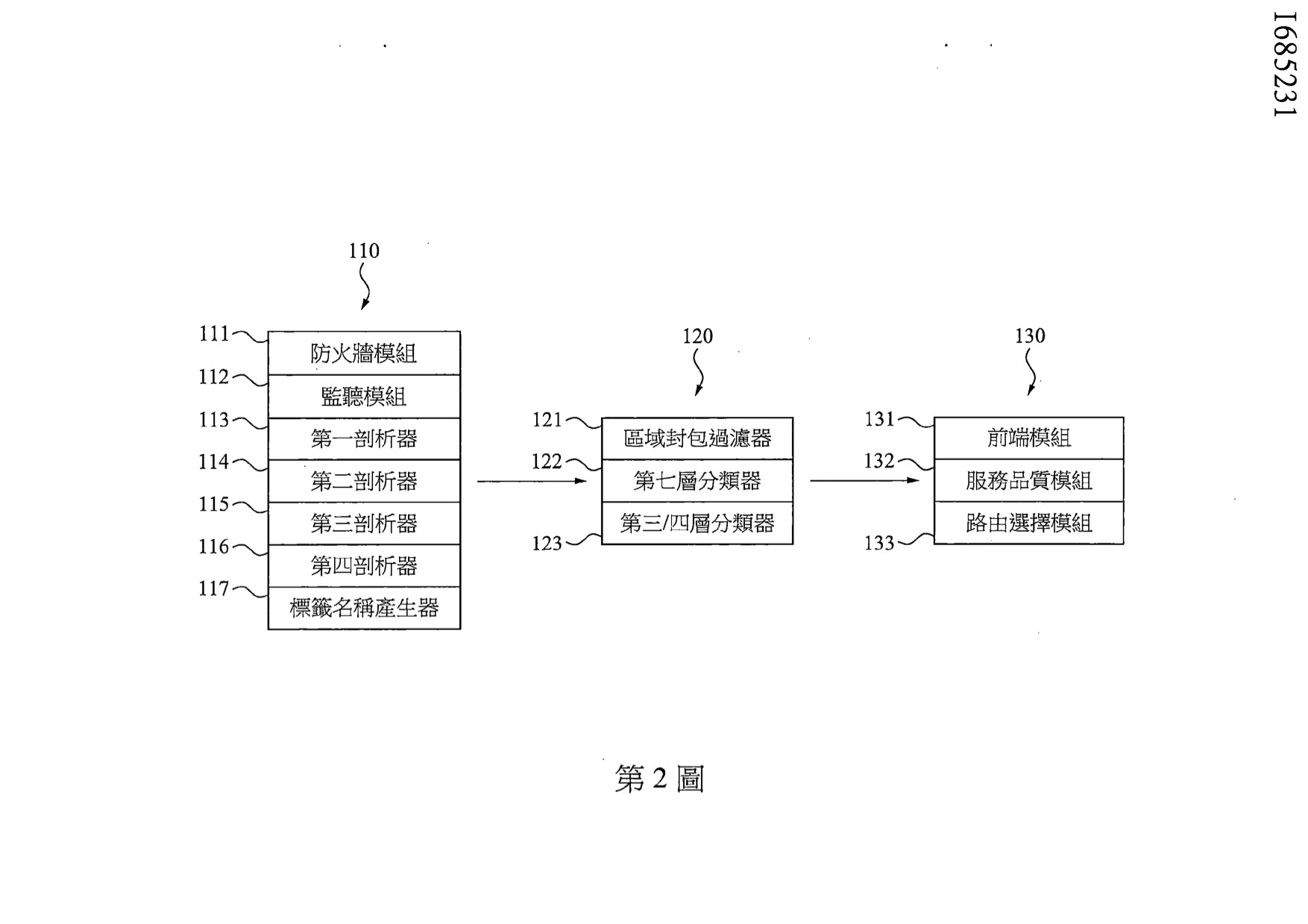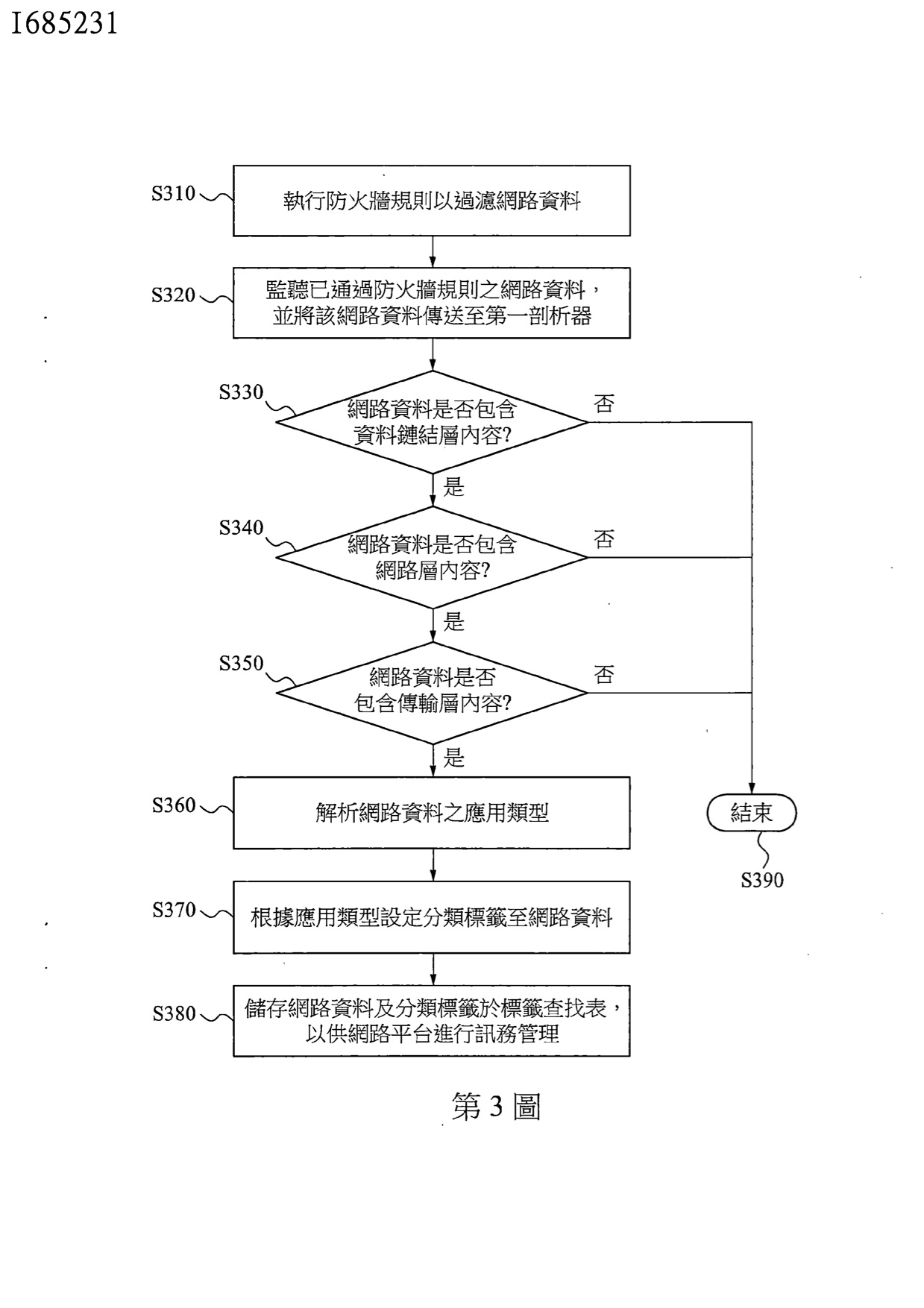| Technical Name | PACKET CLASSIFICATION METHOD | ||
|---|---|---|---|
| Project Operator | National Central University | ||
| Project Host | 周立德 | ||
| Summary | In edge networks, almost all devices are connected to WAN through the router, so the edge router can obtain the Domain Name System (DNS) response packets needed by the devices to access the Internet, and various types of packets that can extract Fully Qualified Domain Name (FQDN). This technology adopts this feature and environment to propose an FQDN-based Fast Inference Packet Auto Classification (FIPAC) mechanism to implement a packet classifier, so as to achieve automatic classification and fast inference. This mechanism can quickly infer which application or service the packet belongs on the edge network, and provide a management interface to deploy different kinds of Quality of Services (QoS) control. This technology has the following features: (1) keep user privacy, (2) no need to train the classification model in advance, (3) no need to mirror packets and directly analyze packets on the edge router, (4) no need to install agent software on the clients, and (5) lightweight. |
||
| Scientific Breakthrough | This technology implements the proposed FIPAC classification mechanism directly on the edge router, without the need to install any agent software on any user terminal. It makes the deployment of FIPAC more flexible, and can improve the efficiency of the classification mechanism caused by network delay. This technology is capable of providing Quality of Service (QoS) control according to the results of classification. A management interface is also implemented to improve the convenience of network management. In addition, this technology can directly classify traffic without prior training. |
||
| Industrial Applicability | Telecom carriers and cable TV operators can provide different quality of services (QoS) to the application/service inferred by the FIPAC technology. By designing appropriate business models, users can pay for a better user experience (UX), and telecom carriers and cable TV operators also increase their revenue. Telecom carriers and cable TV operators are also able to negotiate a profit-sharing mechanism with Over-The-Top (OTT) service providers and Internet content providers, so as to support higher QoS for specific OTT services or contents. It will attract more users to subscribe the specific OTT services or contents, and thus create a win-win together. |
||
| Keyword | Packet Classifier Fully Qualified Domain Name Domain Name System Software Router Packet Inspection Edge Networks Quality of Services 5G Network Edge Router IoT | ||
- cld@csie.ncu.edu.tw
other people also saw


